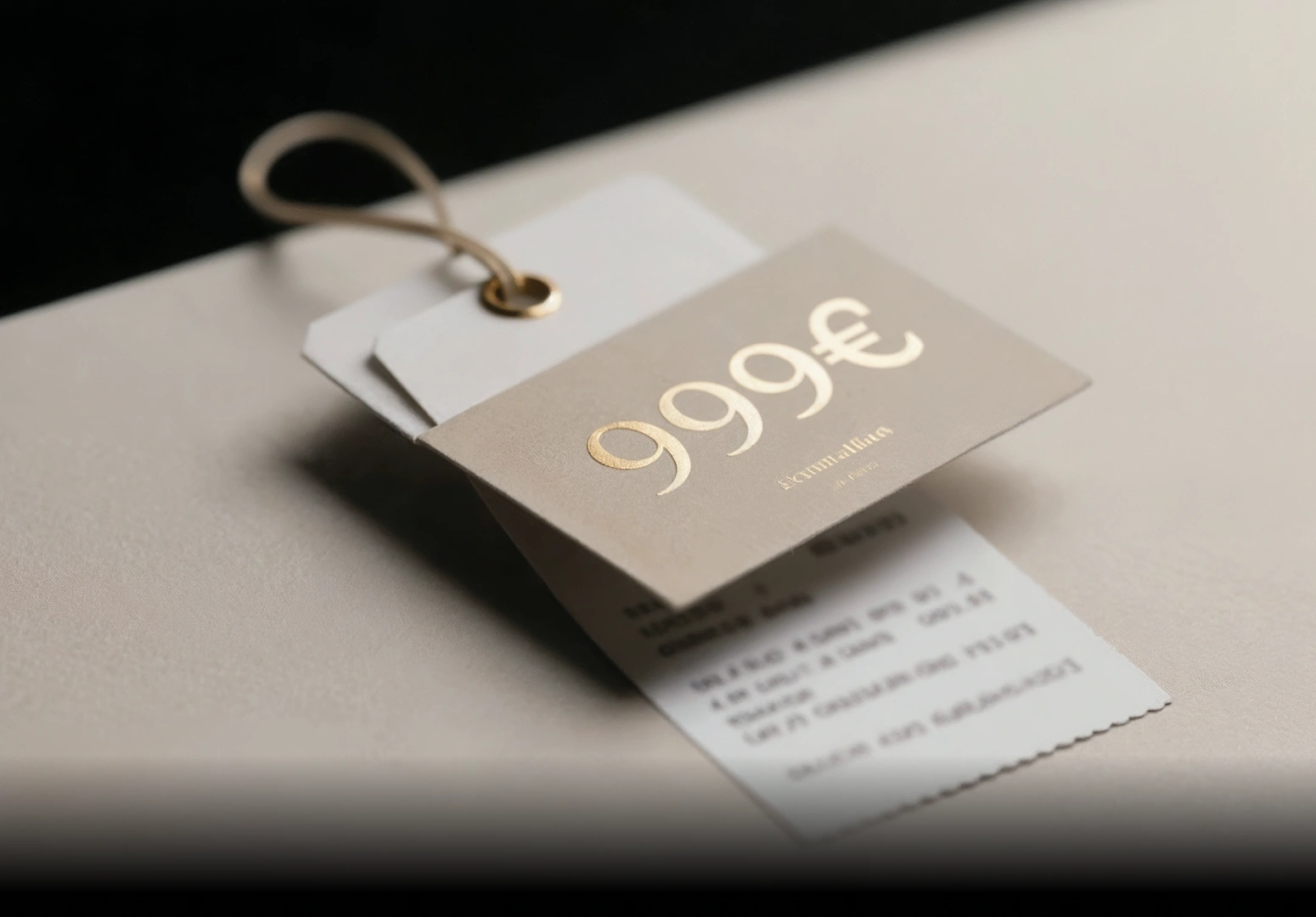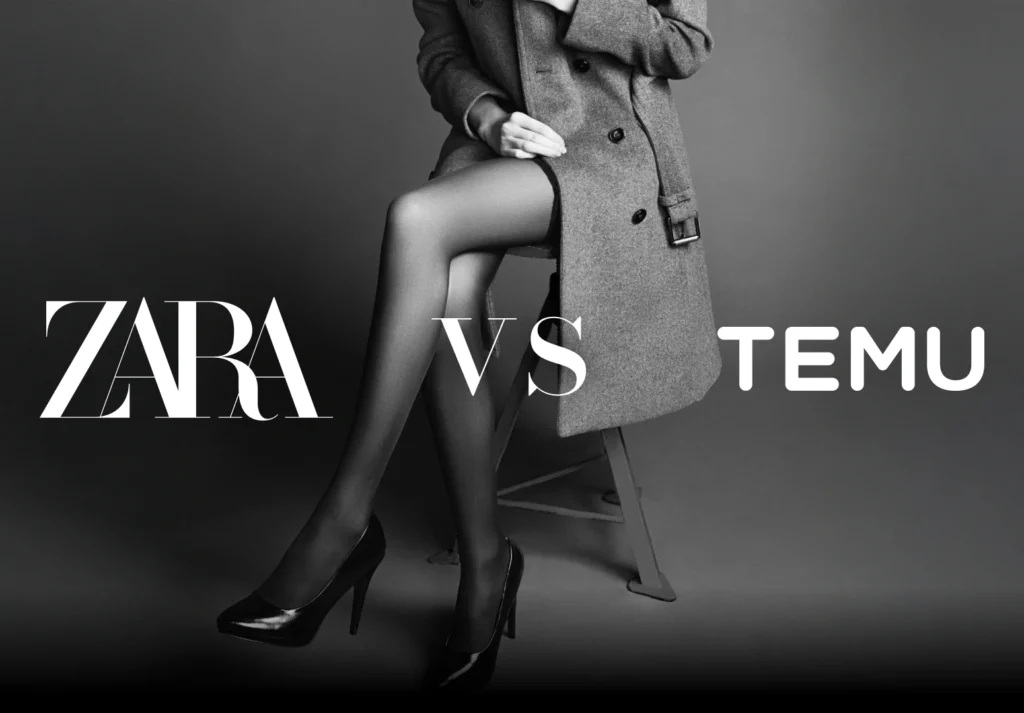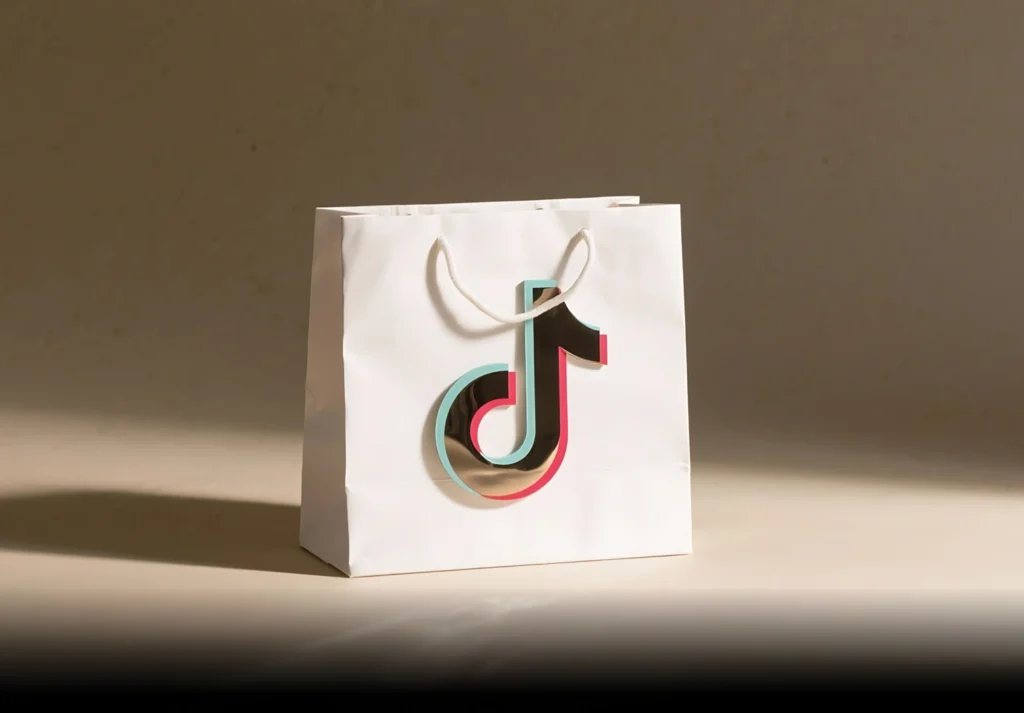The difference between €999 and €1,000 may seem minimal, but it has a profound impact on purchasing decisions.
This pricing choice is no accident — it’s the result of price psychology, a field that studies how numbers shape our perception of value.
A product priced at €999 is seen as cheaper than one at €1,000, even though the difference is just €1.
The human brain tends to focus on the first digit, interpreting it as the most significant.
That’s why prices ending in 9 create a sense of opportunity or discount.
Understanding this technique helps explain many market strategies — and shows how small changes can increase sales without affecting profit margins.
The Fundamentals of Price Psychology
The Impact of Numbers
Prices like €999 seem significantly lower than €1,000.
This effect comes from cognitive processing: the brain assigns more importance to the first digit.
In addition, prices ending in 99 reinforce the perception of a discount or promotion.
The Threshold Effect
Moving from €999 to €1,000 gives the impression of crossing a psychological barrier.
Consumers feel they’ve entered a different “financial category” and often hesitate.
That’s why prices set just below a round number are more effective.
Emotional Reaction
Consumers don’t assess prices purely rationally.
There’s an emotional component that associates numbers ending in 9 with opportunities — leading to faster, less deliberate decisions.
The Difference Between €999 and €1,000
Perception of Value
A product priced at €999 is seen as belonging to the “nine hundreds,” while €1,000 is associated with the “thousands.”
That small shift makes consumers feel they’re paying much less.
The Anchoring Effect
A price of €1,000 acts as a high anchor, while €999 lowers that anchor, making the purchase seem more reasonable.
Even a minimal difference can alter the perceived cost-benefit balance.
Left-Digit Bias
The leftmost digit plays a decisive role in judgment.
That’s why €999 feels more affordable than €1,000, even though the real difference is negligible.
Market Strategies
Charm Pricing
So-called “charm pricing” (prices ending in 9 or 99) remains widely used in retail and e-commerce.
It creates the illusion of a lower value and triggers impulse buying.
A/B Testing
Companies test different prices to see which drives more conversions.
In digital commerce, this practice is common — it’s easy to segment audiences and gather data in real time.
Market Segmentation
Brands may apply different prices to different segments, adapting to each group’s price sensitivity.
This allows them to maximize revenue by reaching both higher- and lower-income customers.
Cognitive Influences
Decision Heuristics
Consumers rely on mental shortcuts, such as “a lower price is better” or “a price ending in 9 means a promotion.”
This explains why €999 feels much cheaper than €1,000.
Rounding Tendencies
Rounded values like €1,000 seem less advantageous, while €999 appears more specific and precise, conveying a greater sense of value.
Emotion and Rationality
Although consumers justify purchases rationally, many decisions are emotional.
Paying €999 creates a sense of saving, while €1,000 feels like crossing a psychological threshold.
Implementation in Retail and E-Commerce
Physical Retail
Stores frequently use price tags ending in 9 to signal affordability.
They reinforce this technique with bright colors, promotional visuals, and offers such as “buy 3, pay for 2.”
Online Commerce
In e-commerce, psychological pricing becomes even more powerful when combined with:
- Percentage discounts;
- Low-stock or “limited quantity” alerts;
- Positive customer reviews.
Additionally, A/B testing and price personalization, based on user behavior, are becoming increasingly common.
Limitations and Ethics
Excessive manipulation can create distrust.
More informed consumers recognize pricing tactics and may view the brand as less transparent.
Maintaining trust requires clarity: showing real prices, emphasizing delivered value, and aligning perception with the actual experience.
Brands that overuse price psychology may increase short-term sales but risk losing long-term loyalty.
Future Trends
Price psychology is evolving alongside technology and changing consumer behavior.
Key trends include:
| Trend | Description | Expected Impact |
| AI and Big Data | Real-time price personalization | Greater alignment with individual preferences |
| Dynamic Pricing | Automatic adjustment based on demand, location, or behavior | Optimized revenue |
| Transparency | Clear communication of pricing logic | Trust and loyalty |
| Digital Experiences | Personalized shopping interfaces | Faster decisions |
Conclusion
Price psychology shows that small numerical differences can deeply alter consumer behavior.
The jump from €999 to €1,000 represents far more than a €1 change — it’s a shift in perception, activating decision shortcuts and emotions that shape choice.
Using these techniques wisely and ethically is essential.
When well executed, they can boost conversions and loyalty; when misused, they create suspicion.
The future points to more personalized, dynamic, and transparent pricing, powered by technology.
In short, the secret isn’t in the number itself — it’s in how that number is perceived.
Companies that master the psychology of pricing will gain a competitive edge and build stronger, longer-lasting relationships with their customers.
Further Reading


